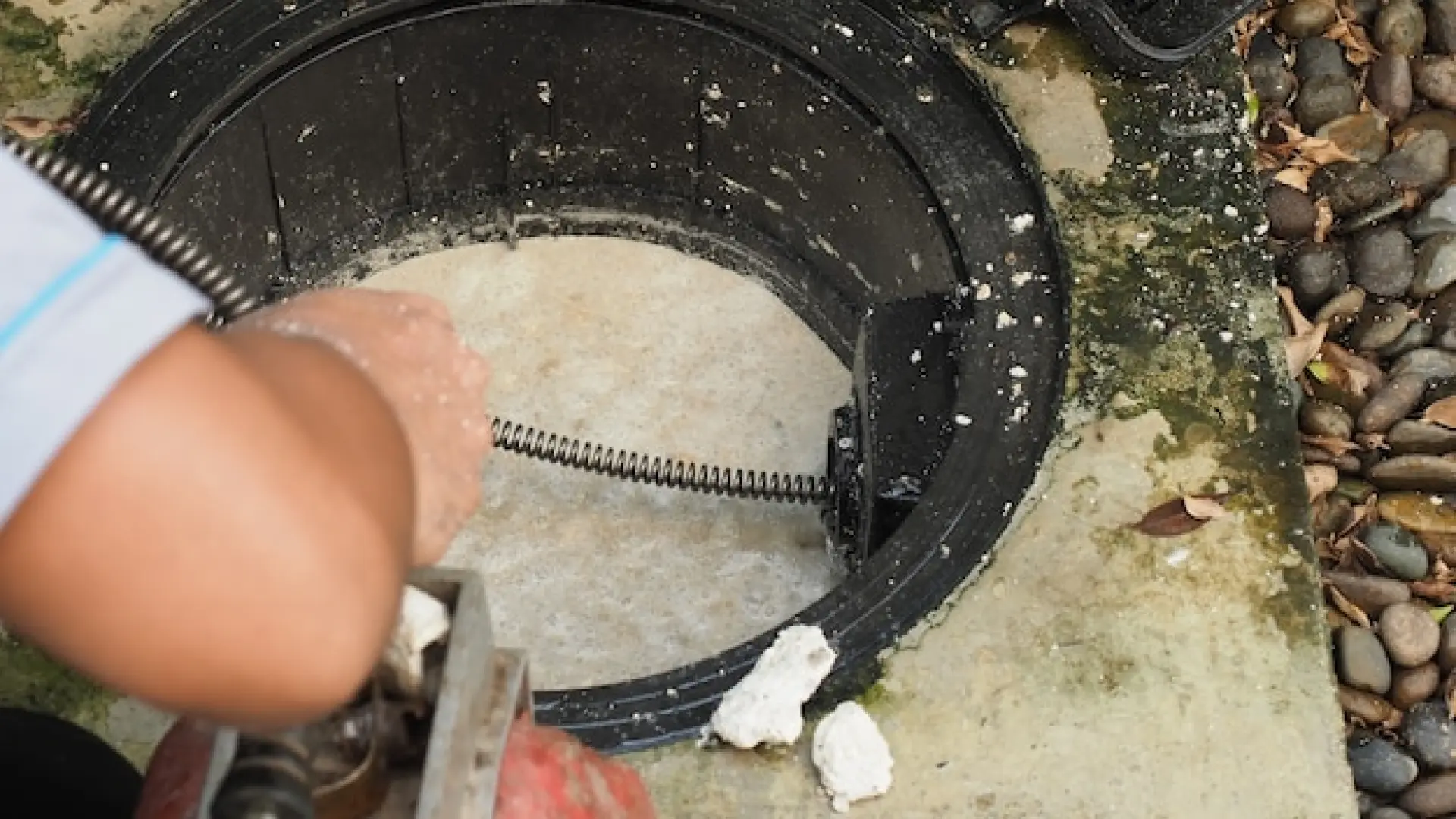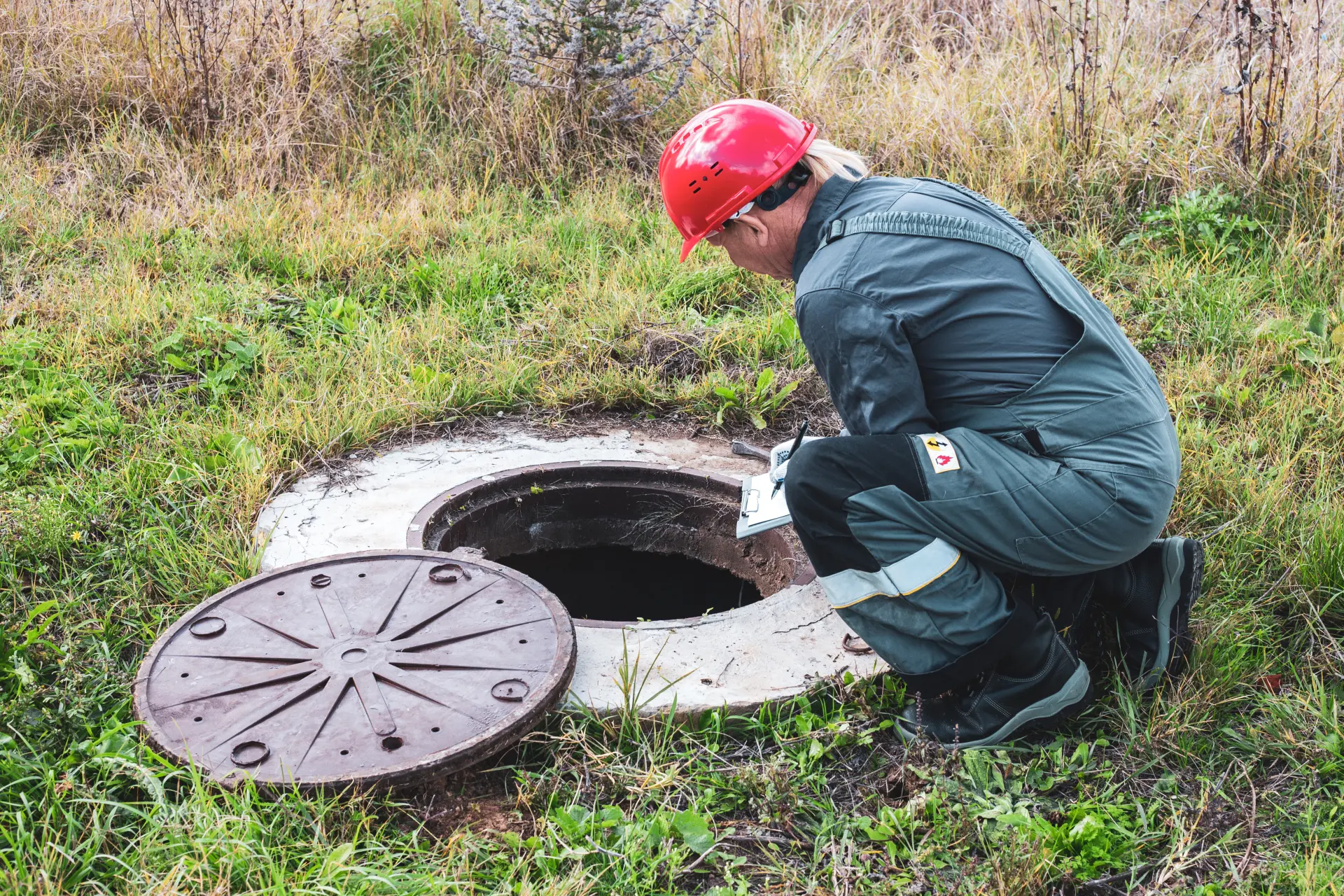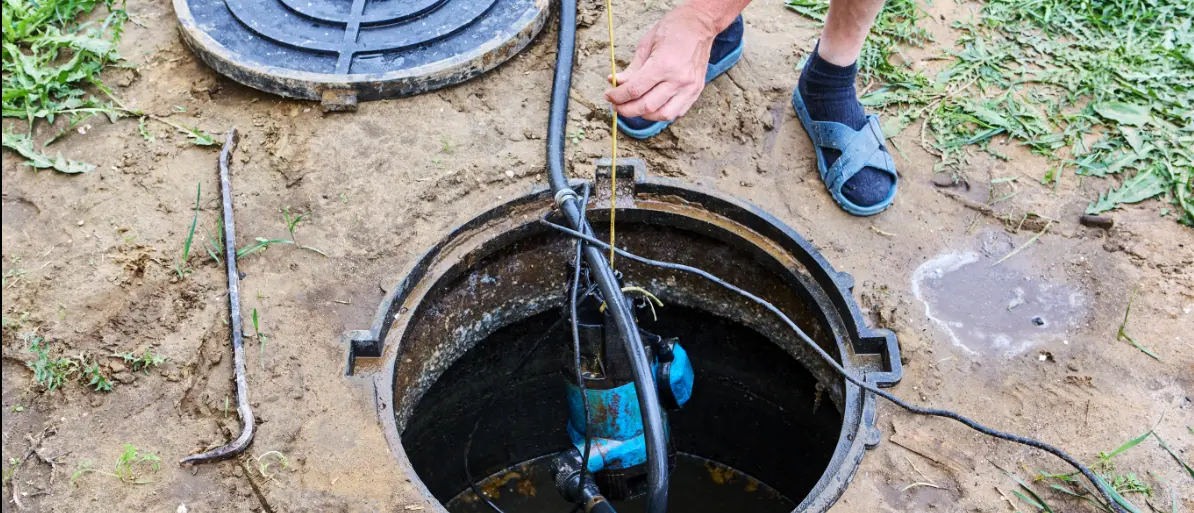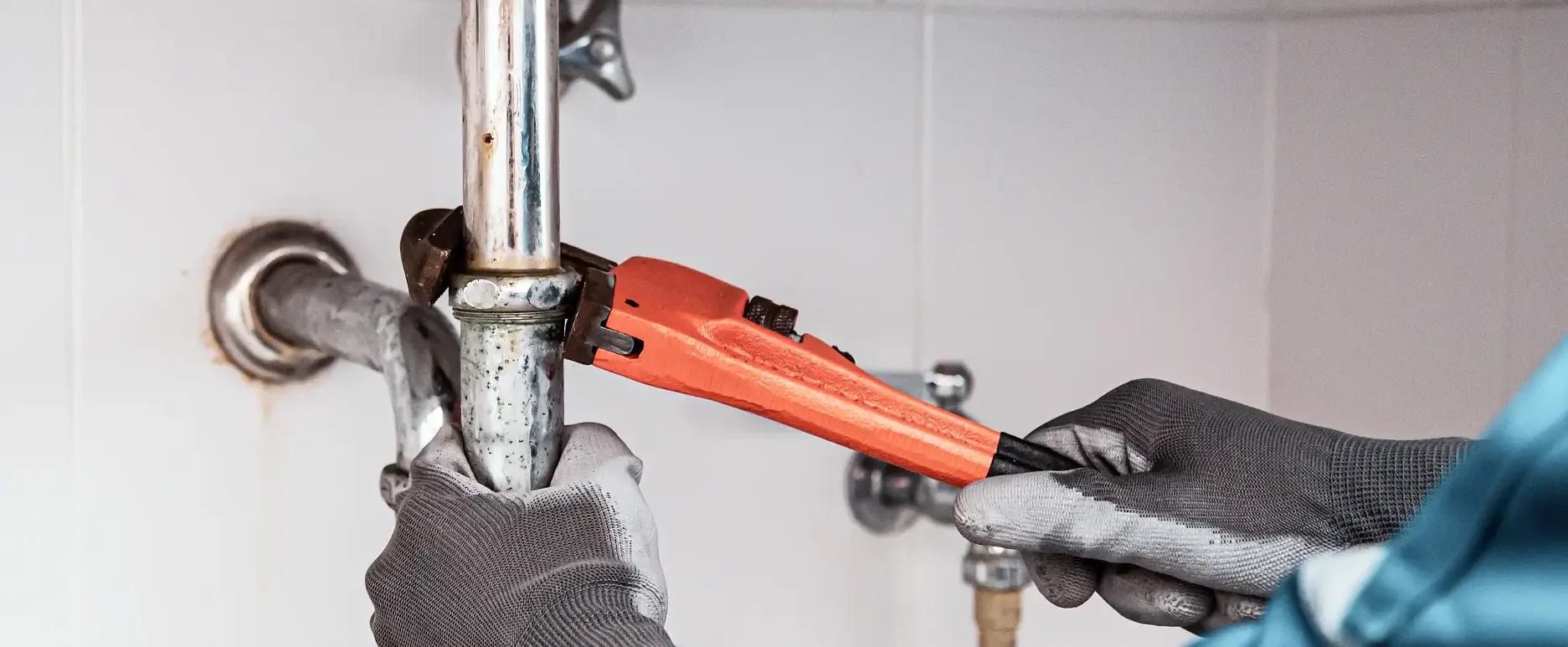Knowing how often to empty your cesspit is vital to prevent overflows, unpleasant odours, and costly damage to your property’s drainage system.
Find out how often a cesspit should be emptied, the factors that affect frequency, and the warning signs it is full. Learn how regular maintenance prevents overflows and costly damage.
Why Regular Emptying Is Important
Cesspits do not have an outlet to discharge waste, which means every drop of wastewater and sewage that enters must eventually be removed. Regular emptying is crucial to prevent the tank from overflowing or backing up into your property. When a cesspit becomes too full, it can cause unpleasant smells, flooding, and contamination risks to the surrounding area.
By keeping to a consistent emptying schedule, homeowners can avoid emergency callouts and costly clean-ups. It also helps maintain the structural integrity of the tank by reducing the pressure caused by excessive waste levels. Scheduled maintenance keeps the system running safely and ensures compliance with environmental regulations.
Professional waste removal companies use vacuum tankers to empty cesspits efficiently and safely, disposing of the contents at licensed treatment facilities. Regular attention is key to preventing avoidable problems.
Typical Emptying Frequency
On average, most cesspits in the UK need to be emptied every six to eight weeks, although this can vary depending on tank size and household usage. A smaller cesspit serving a family home may fill faster, while larger tanks or properties with reduced water use can go longer between services.
If a cesspit is left too long without being emptied, it can quickly reach capacity, leading to foul odours, drainage issues, or overflowing waste. To stay safe, it is best to set up a regular service schedule with a professional drainage company so your cesspit is emptied before it becomes a problem.
Commercial properties or holiday parks with higher daily use often need emptying more frequently, sometimes every few weeks. Monitoring waste levels and keeping a record of previous services helps establish the right schedule for your property.
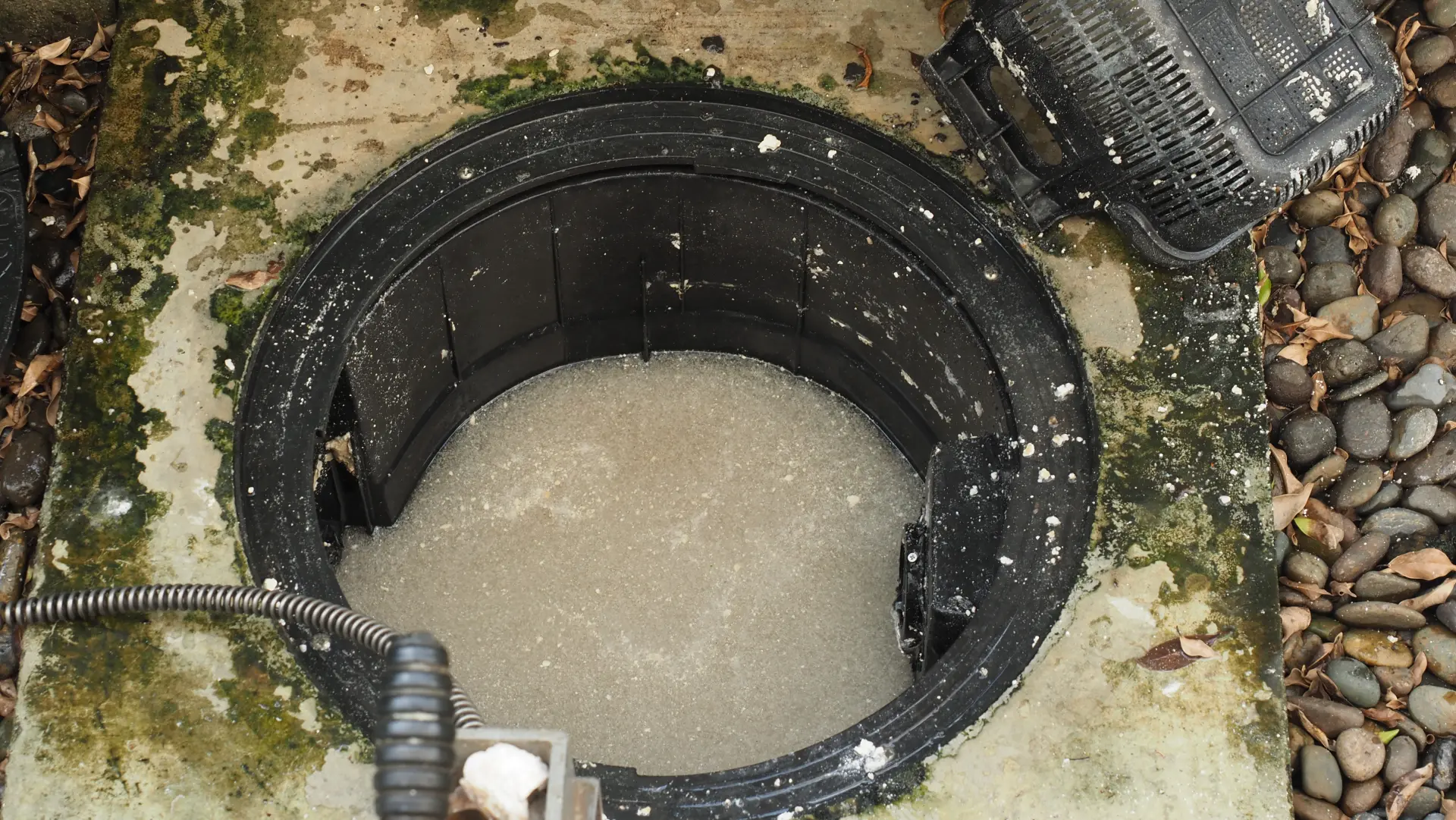
Factors That Affect How Often You Need to Empty
Several factors determine how often a cesspit needs emptying. The size of the tank is the main one, as smaller tanks fill up much faster than larger installations. Household size also makes a difference, since more people produce more wastewater and sewage each day.
Water usage habits, such as frequent laundry or long showers, can significantly increase the rate at which the tank fills. Seasonal properties, like holiday homes, may require less frequent servicing because of lower usage throughout the year.
If you are unsure of your ideal schedule, ask a drainage professional to assess your system. They can measure the capacity, usage, and fill rate to recommend the most suitable maintenance plan for your property.
Signs Your Cesspit Needs Emptying
There are several signs that a cesspit is nearly full and needs attention. Slow-draining sinks, toilets, or showers are common indicators that the system is struggling to cope. You might also notice strong odours around inspection covers or near the area where the tank is buried.
In more serious cases, wastewater can start to rise back through drains or overflow at ground level, which poses health and environmental hazards. If you spot any of these signs, arrange a professional emptying service as soon as possible to avoid further damage.
Routine maintenance prevents these issues and helps you stay ahead of potential blockages or overflows, protecting both your property and the environment.
Midlands Drainage Solutions LTD provides expert cesspit and septic tank emptying and maintenance across Crewe, Chester, Stafford and Stoke-on-Trent. Our fully trained engineers deliver reliable, safe, and environmentally responsible services for homes and businesses throughout Staffordshire.
